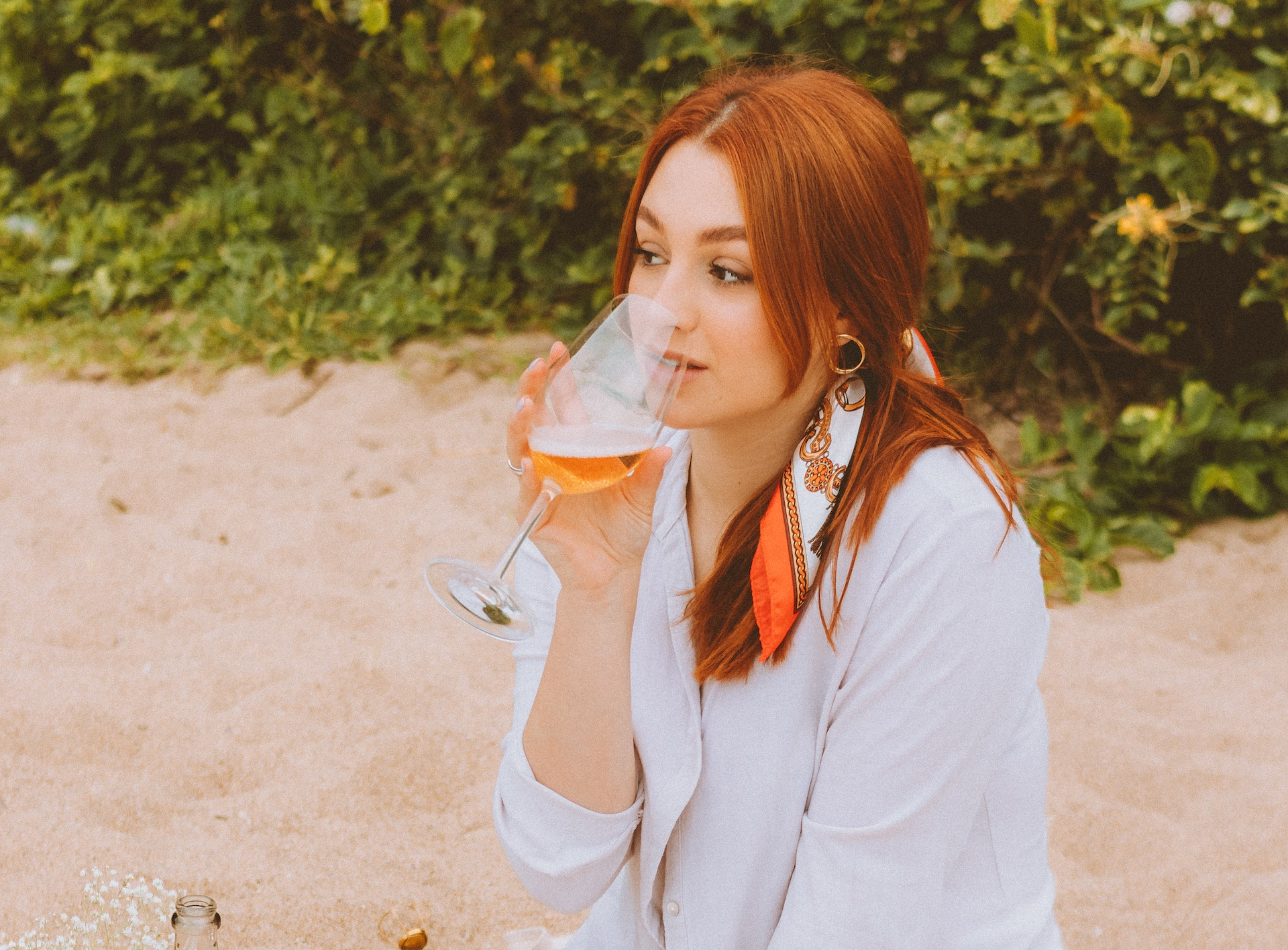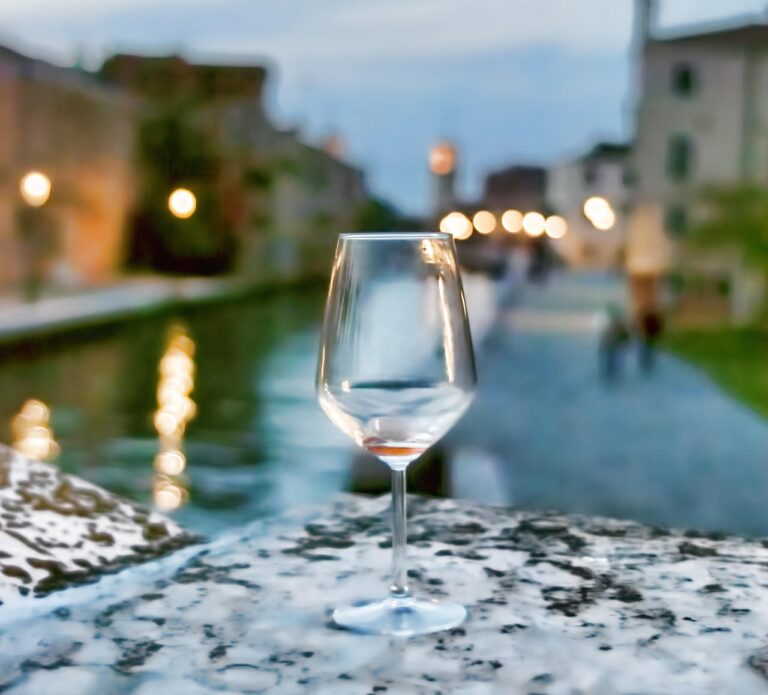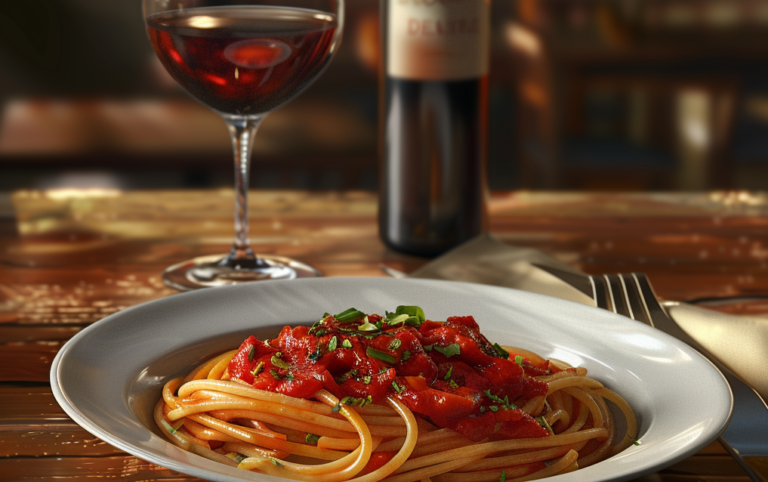New to Wine? Here are the Basics of Wine Tasting
Are you just starting out on your wine journey? Great! Welcome to what will be a very…

Are you just starting out on your wine journey? Great! Welcome to what will be a very enjoyable and educational adventure. In this blog post, we will outline the proper way to taste wine. And yes, doing it this way DOES make a huge difference in your abaility to enjoy wine. Let’s go.
Before you begin
- Start with a clean palate. Avoid eating strong-flavored foods or drinking coffee or tea before wine tasting, as they can affect your ability to taste the wine.
- Use the right glass. Use a wine glass with a large bowl and a narrow opening to allow the wine to breathe and release its aromas.
First Step: Look at the Wine
I know you’re ready to start tasting that wine, but hold off for a minute. The first step in wine tasting is to examine the wine’s appearance. Hold the glass up to the light and observe the color and clarity of the wine. The color of the wine can provide clues about its age, grape variety, and winemaking process. For example, red wines that are deep in color are typically older and have been aged in oak barrels. White wines that are pale in color are typically younger and have not been aged in oak barrels.
Second Step: Smell the Wine
Nope…still not ready to taste yet. The second step in wine tasting is to smell the wine. Swirl the wine in your glass to release its aromas and then take a deep sniff. The aroma of the wine can provide clues about its flavor profile and grape variety.
Third Step: Taste the Wine
OK, now we can taste the wine. The third step in wine tasting is to taste the wine. Take a small sip and let it sit on your tongue for a few seconds before swallowing. The taste of the wine can provide clues about its acidity (the mouthwatering sensation), tannins (a drying sensation), and sweetness. For example, a wine with high acidity will taste tart and crisp, while a wine with high tannins will taste dry and astringent. Take your time when tasting wine and savor each sip. Allow the wine to sit on your tongue for a few seconds before swallowing to fully experience its flavors.
Fourth Step: Evaluate the Wine
The final step in wine tasting is to evaluate the wine. Consider the wine’s appearance, aroma, and taste and evaluate how they work together to create a balanced and enjoyable wine. Consider the wine’s body, which refers to its weight and texture in the mouth. A full-bodied wine will feel heavy and rich, while a light-bodied wine will feel thin and delicate.
And that’s it! Follow these basic steps each time you drink wine and you’ll learn a lot and enjoy the wine a lot more. Cheers!




